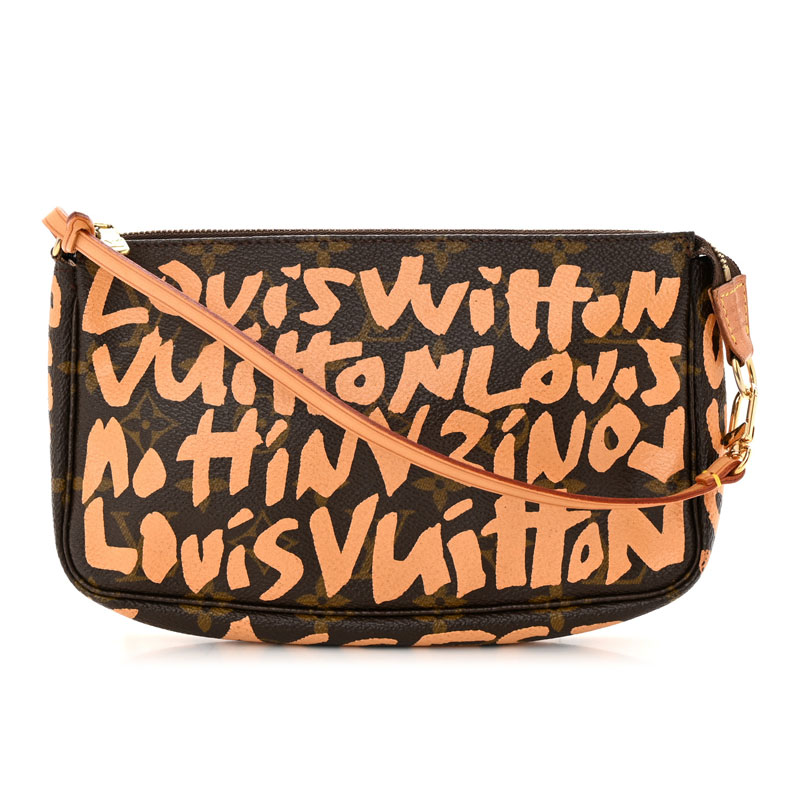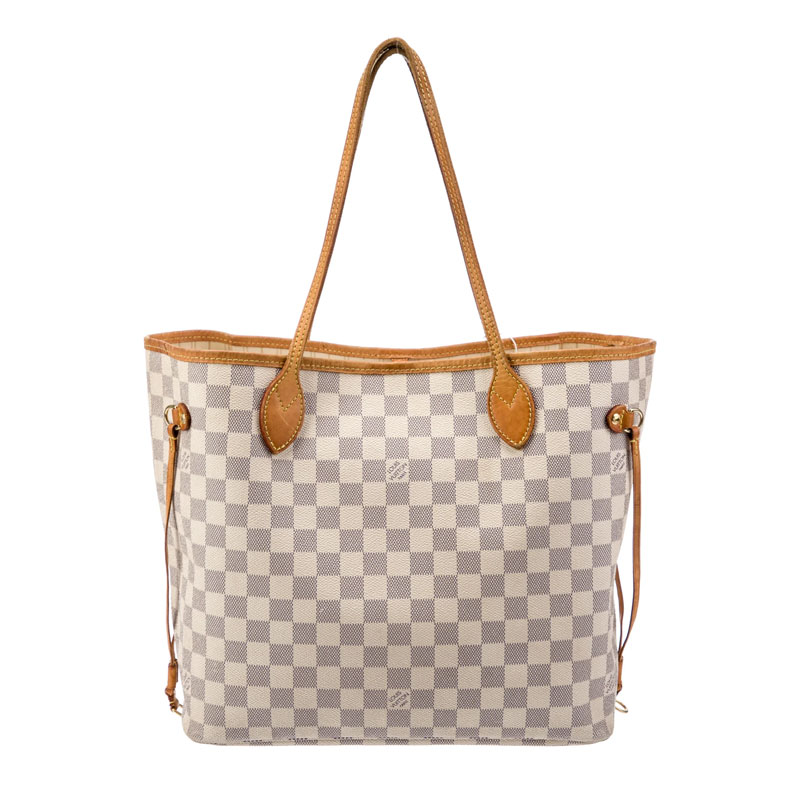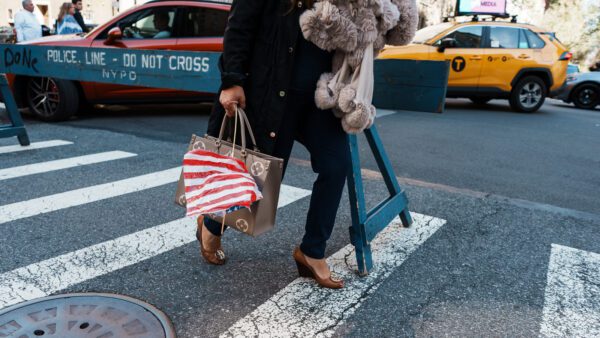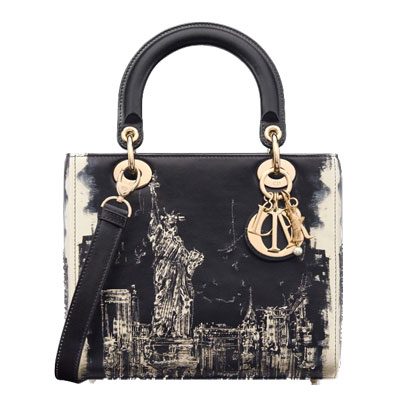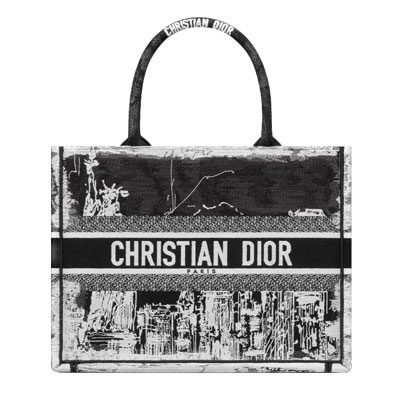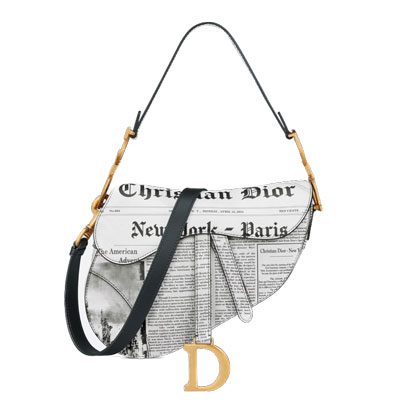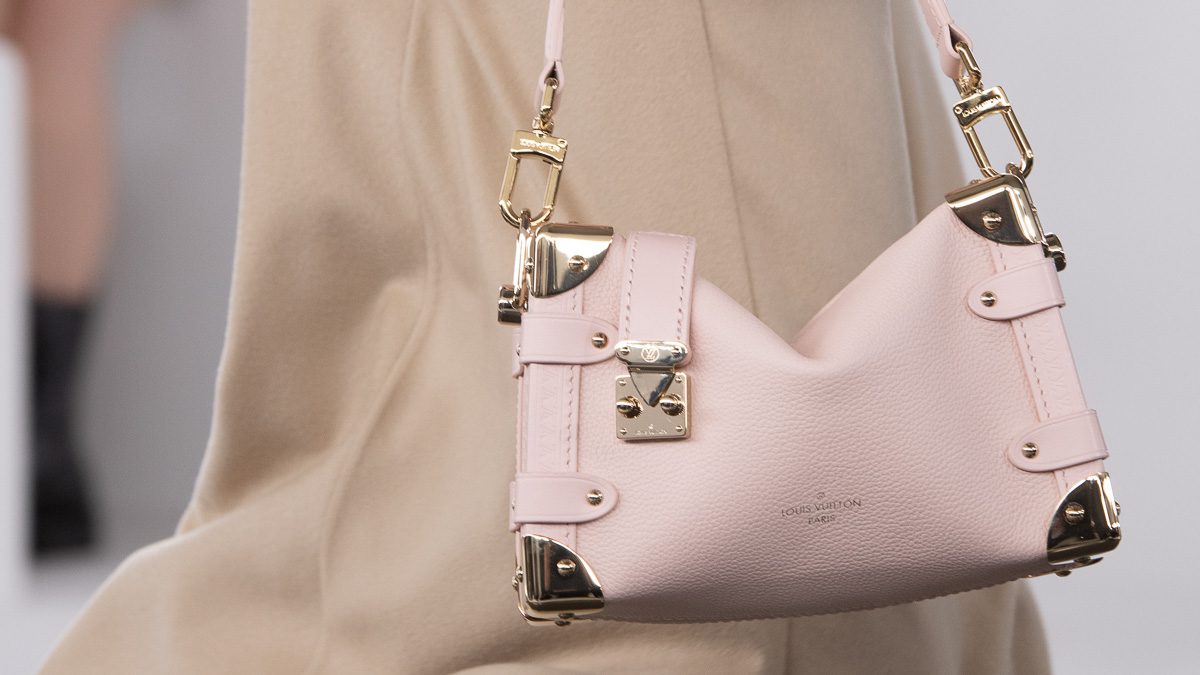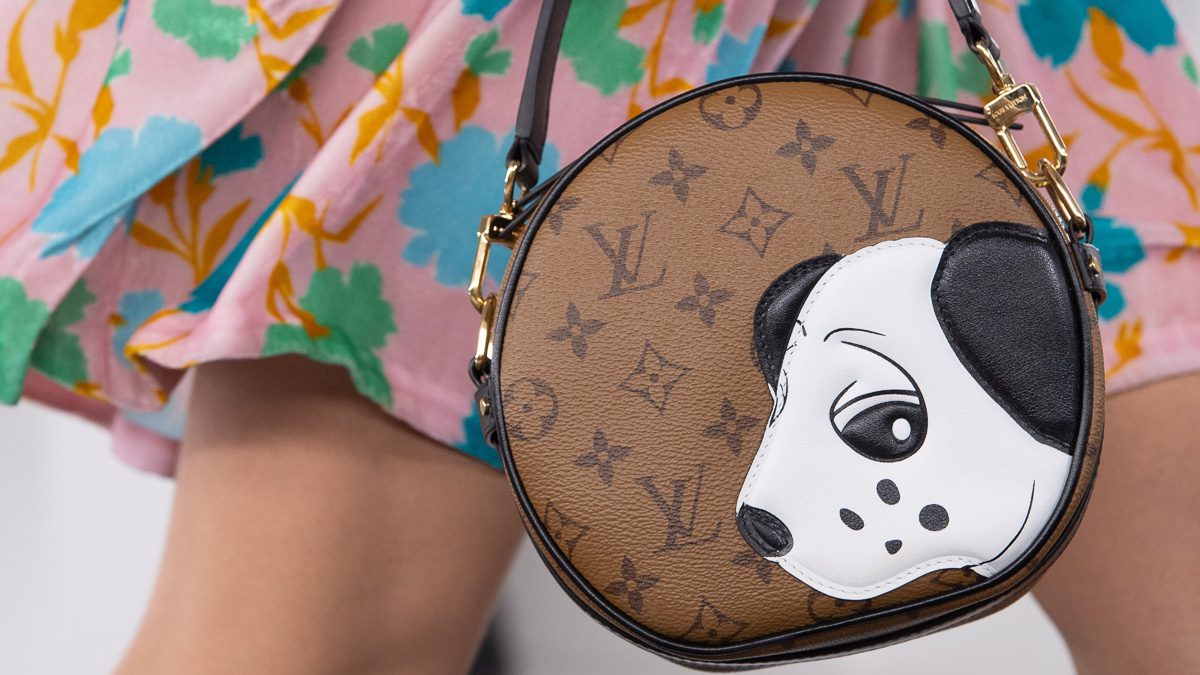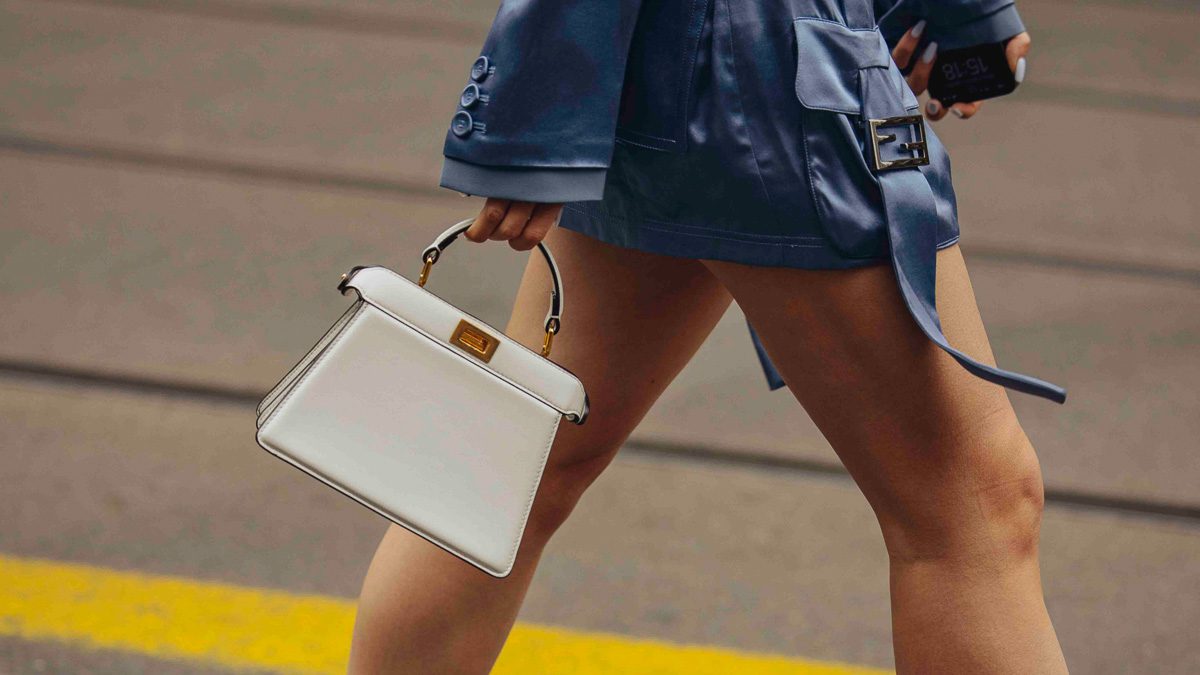The English language is a fanciful flock of semantic ramifications, where the mere intonation of speech can dictate if you’re a buyer of kitchen-top utensils or a Wall Street finance guy (as you can see, my proficiency in numbers is excellent).
Investment (noun)
- the investing of money or capital in order to gain profitable returns, as interest, income, or appreciation in value. E.g., a debate over private investment in road-building.
- (countable) a thing that is worth buying because it will be useful or helpful. E.g., a microwave is a good investment.
- an act of devoting time, effort, or energy to a particular undertaking with the expectation of a worthwhile result. E.g., the time spent in attending the seminar is an investment in our professional futures.
It comes as no surprise, therefore, that the concept of an investment handbag is rife with rampant speculation. After all, with the ongoing narrative on classic collectibles, an aspiring young fashionista can surely be forgiven for confusing capital with cookware, i.e., the specific type of investment referred to.
From a strictly financial standpoint as well, bags, aside from the odd Birkin or Kelly, are chiefly vehicles of practicality, not profit, depreciating in value the minute you start wearing them. Frankly, you could choose not to wear them altogether and still not be guaranteed a profit!
But is the Louis Vuitton logo any different?
Legacy in a Logo
The tale of the LV monogram is a favorite among fashionistas, memorized by heart and memorialized by the historic house itself.
Having started off as the royal box-maker to Empress Eugenie of France, Louis Vuitton, the man, founded Louis Vuitton, the label that, within a span of 170 years, amassed a whopping $39.3 billion! Interestingly enough, however, it wasn’t Mr. Vuitton but his son, Georges, who visualized the iconic insignia in 1896 – a floral motif on a brown backdrop formulated ironically to deter counterfeiters.
In fact, despite the widespread saturation and imitation, the Louis Vuitton logo has now come to represent the legacy of the Vuitton family’s craftsmanship and excellence, a symbol with instant brand recall that, is perhaps one of those rare prints in the history of fashion, to never actually have gone out of fashion!
And according to Forbes, Vuitton is “the world’s most valuable luxury brand,” yielding over 30 percent in profit margins to CEO, Bernard Arnault. But is its historic monogram still desirable in the business that’s all about creating desire?
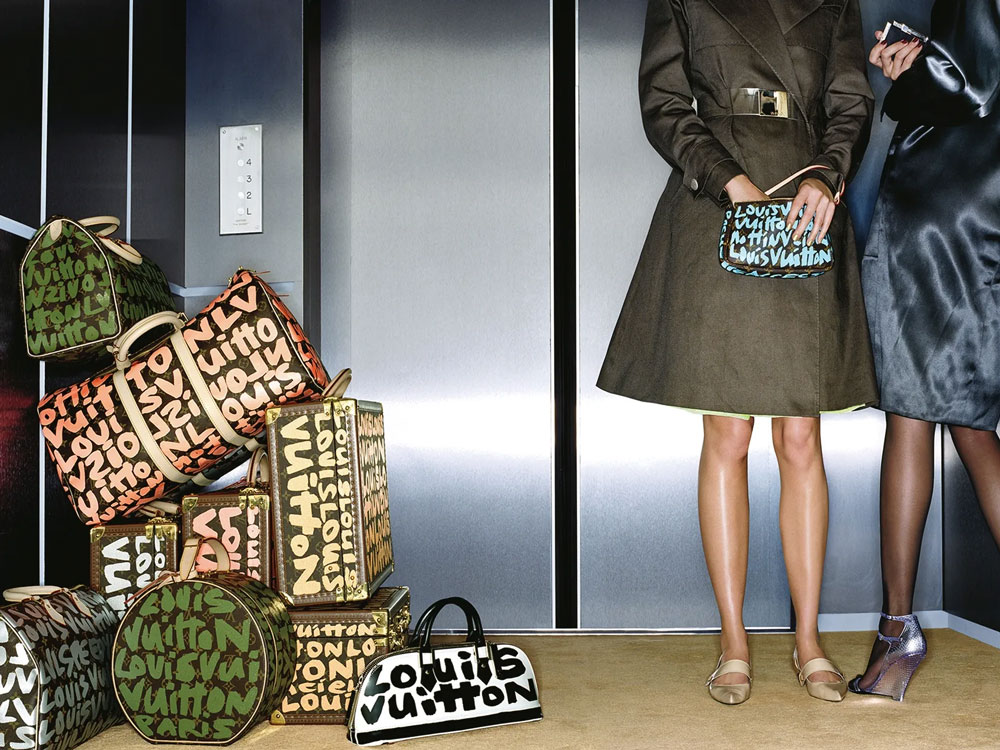
The Secret of Desire
They say if it ain’t broke, don’t fix it.
An adage Louis Vuitton has clearly adhered by heart, as its logo hasn’t evolved much over a century into its existence. Sure, it’s gotten new life infused into it by Marc Jacobs, was spray-painted on by Stephen Sprouse, and reimagined in technicolor by Murakami. But it’s not without good reason that even the freshest of its releases have a monogram edition.
And the secret lies in its consistency. It’s the act of catering to the moneyed classes over sustained periods of time, without significant variations to its core design elements, that makes trunks from the 1920s relevant to this date. It’s also the vapid pushing on social media of its logo-inlaid paraphernalia that’s guaranteed it as a mainstay of our closets. But hey, we’ll drink the Kool-Aid for now.
But that’s not to discount the brand’s more nefarious undertakings, like incinerating unsold stock in some instances or simply scaling back production to manufacture a sense of scarcity in others (leading to speculations of the discontinuation of the canvas line altogether).
CNBC also reports that Vuitton halts production of a seasonal piece upon meeting sales target, a fool-proof formula to restrict circulation, while passing on the higher cost to the consumer, as seen in the Neverfull’s case. After all, if your first “grown-up bag” must be a Louis Vuitton, it has to remain in style, organically or otherwise.
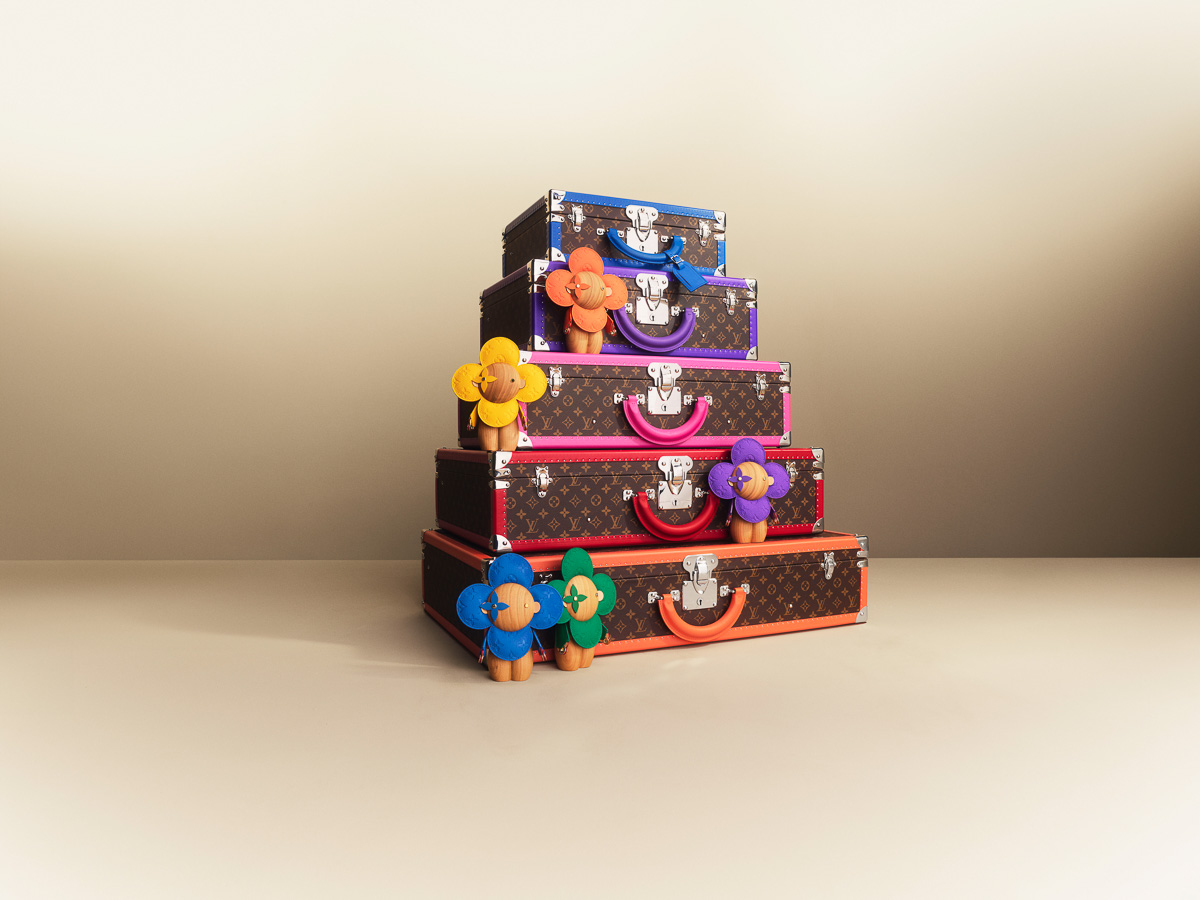
An Investment in Identity
Evidently, the dissonance between the narrative we’re fed on “must-have” “investment-grade” pieces and the actual market scenario is jarring.
The Neverfull might outperform the S&P 500 ratings, but how much is due to meaningful brand equity and real demand, as opposed to mere price-hikes on the primary market? Or do we refer to the secondary market, where a Neverfull can sell for as low as *checks notes* $633 and as high as $5,000? Perhaps we must descend the slippery slope of handbag math, where, with sufficient use, the cost-per-wear for a loud logo number can potentially fall to zero?
Ultimately, the idea of an investment purse is inherently flawed, even if it can result in a profit sometimes. Purchasing a fashionable item, such as a monogrammed Vuitton piece, is primarily a form of conspicuous consumption meant to register a sense of fulfillment within us, not sit unused as a store of value.
Sure, as a potentially quick (though not necessarily painless) exit strategy, the resale market may act as a safety net. But pinning our hopes on receiving a profit upon flipping it – and in the process not being able to enjoy the bag ourselves – feels like a rather poor investment by all standards.
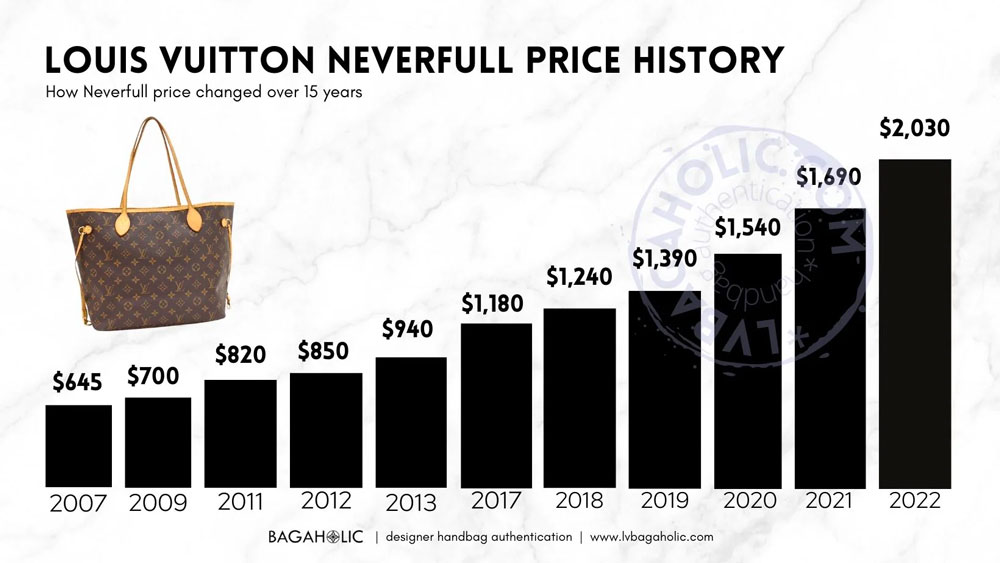
What the logo stands to do, however, is increase our chances of recouping a larger share upon resale. Brand signifiers, particularly those age-old as Vuitton’s, create consumer associations that transcend far beyond retail prices. A monogram Neverfull, or for that matter, a lesser-known silhouette, conjures images of a noblewoman in the roaring 20s on a trip to Greece, even if our real lives are nowhere near as glamorous. It’s a fantasy condensed down to two initials.
And that’s where the moneymaking genius of the logo lies.

